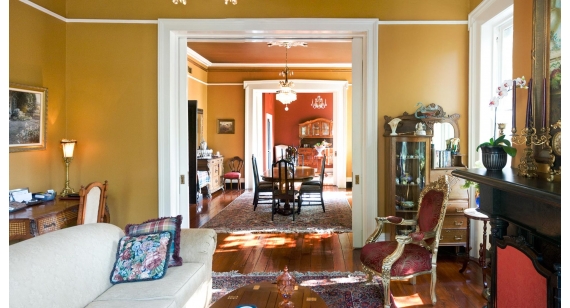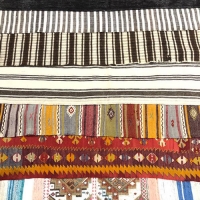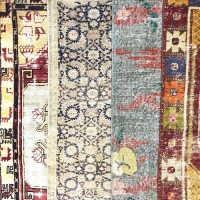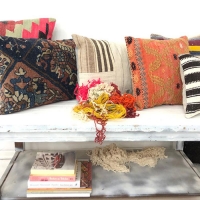
FIRST CARPET TYPES
Carpet and rugs have reached the present day by passing through various stages since the first production in weaving art. Life is continuing in an environment where living standards increase rapidly with the development of technology and demands are constantly changing with the awareness of people. This situation also manifests itself in carpet and rug weaving within the scope of weaving arts.
Although the use of carpets in the past was different, nowadays, there have been various developments in the production techniques. People have started to prefer products that have high quality, purpose, health and environmental impact from the period of limited needs. This development is reflected in the carpets and rugs in the textile sector. In this era of rapid development of information technology, the competition has increased a lot. Now, the best quality understanding is experienced in cost. Researches to reach quality have gained importance. As in all textile products, the quality parameter is also sought in carpets. You have to produce quality in order to compete with the comfort and quality requirements of the products used by people. This situation has also reflected on the quality of carpets.
According to research, the origin of carpeting dates back to centuries before Christ. Carpet is a branch of the art of weaving. In the early stages of the warp yarns in the coarse webs, the ends of the colored wool and mohair knotted with the hint of the animal postings of the original carpet structure has been developed in the form of imitation has been included in different studies. The earliest known carpet piece dating back to the present day was discovered by the Russian archaeologist Rudenko, who belonged to the fifth century BC, in the mountains of Altay. The present invention has been an important development for the art of carpet weaving. The term carpet used today is derived from the words uzun thick yan and verilen thick lü in the sense of long-lasting permanence of this item given to the bride in ancient times. In certain periods, it was found that thick and thick words were also used for the carpet. The Venetian Marco Polo travels in 1271 and mentioned that the world's best and beautiful carpets were woven by the Seljuks in Anatolia and the superior characteristics of the Seljuk rugs. There are documents showing that Seljuk carpets were exported to European ports in the west, to India and China to the east and to Egypt to the south.



